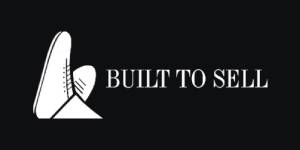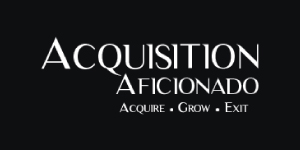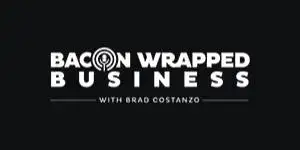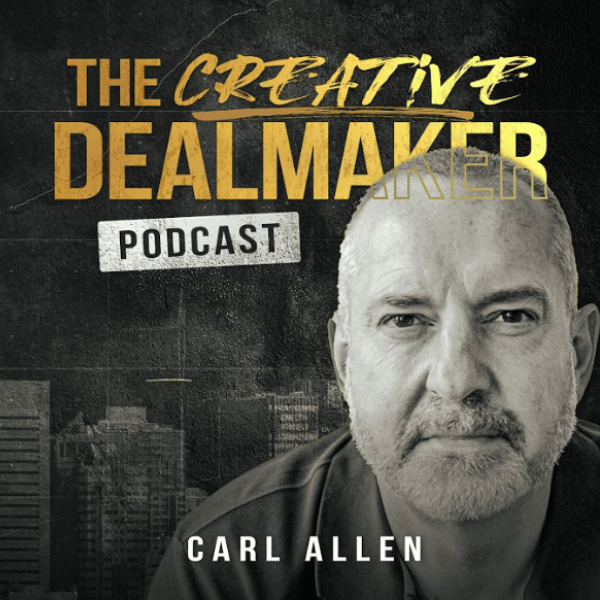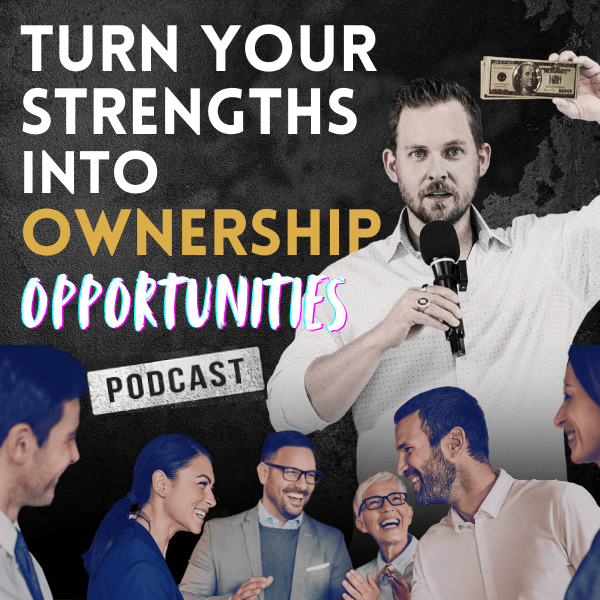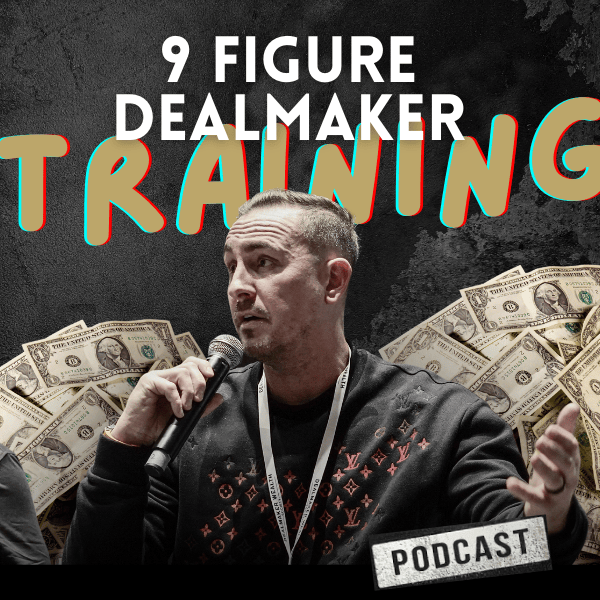
When I run through deep dives on doing deals in a particular niche, I always ask if there are other niches you want me to cover.
Today I’m covering subscription businesses.
Subscription businesses come in multiple forms…
It could be a SaaS (software as a service) business like Spotify, Netflix or Xero…
A service business like Amazon Prime…
A membership business like LinkedIn Premium or even your local gym or health club…
A newsletter or online publisher like Inc.com or The Wall Street Journal…
A box delivery service like Stitch Fix or Blue Apron…
Or, it could be a digital coaching or education business like Dealmaker Wealth Society.
Since I’ve covered SaaS businesses previously, I’m covering the more general subscription or membership businesses today.
Here are some of the traits of these types of business…
- They are typically virtual businesses (at the small to medium level) that may transition to physical locations as they scale.
- They are owned primarily by younger entrepreneurs, so factors like legacy, wanting a safe pair of hands and buyer that’s a cultural fit aren’t as critical as they are with a more traditional business (e.g., engineering) and a more motivated seller (e.g., retiring baby boomer).
- They typically have little-to-no assets, so they need to be financed primarily by cash flow loans (via the SBA, equity investors, traditional banks, seller financing and earn-outs).
- Some subscription businesses may be run by solopreneurs who effectively ARE the entire business. You as the buyer are left with more of a job than investment compared with a traditional business. You will need a good handover period to fully document processes and outsource some of the technical work.
- Most of these businesses sell via a share sale as they have little to no balance sheet. They have no physical assets and no AR (payments are collected on a monthly or annual recurring basis, or services are paid up front at the point of sale through a merchant processor like Stripe or PayPal).
In light of these traits, valuation multiples for subscription businesses can be irrational. With traditional businesses (engineering, construction, manufacturing, transportation, professional services, etc.), the multiples tend to be more standardized. But with subscription businesses they can have much wider ranges.
Instead, the valuation multiple for subscription businesses is driven by several factors, namely…
- The amount of recurring revenue (commonly referred to as monthly recurring revenue or MMR) and the average tenure of a customer (3 months, 24 months, etc.) The higher the MRR, the higher the multiple.
- How fast the business is growing. If the business is scaling online fast, this increases the multiple.
- How high the profit margin is. The higher the margin, the higher the multiple in my experience.
- The quality of customer and network relationships. A business targeting CEOs will have a higher multiple versus one targeting people with lower household incomes. A business that has a joint venture with Gary Vaynerchuck or Robert Kiyosaki will command a higher multiple versus one with lots of random affiliates on ClickBank.
So subscription businesses differ from traditional businesses in many ways. Fundamentally, however, the same rules of psychology apply: Can you find a motivated seller who will do a deal on their price but your terms?
Let’s look at an example…
Assume you’re looking at buying an online coaching business with the following financials:
Revenue = $2 million ($500k is recurring)
EBITDA = $750,000
Surplus Cash = $500,000.
The seller will probably sweep the surplus cash out before closing.
Assume the business is growing at 25% per year. For me, that business would command a 4X–5X multiple. Let’s go with 5X.
Therefore, the enterprise value (EV) is $3.75 million ($750K x 5). There are no adjustments — no real balance sheet, no debt or surplus cash, and definitely no real estate — so 100% equity value is also $3.75 million.
Would the SBA finance this deal? All things considered (business credit rating, credit rating of buyer, experience, etc.)… probably. Previously, the SBA favored asset-heavy deals, but the rules have relaxed in the past 12 months or so.
An SBA 7(a) deal could look like:
- $375,000 buyer deposit (10%)
- $375,000 seller stand-by note (10%, typically paid out once the SBA loan matures)
- $3 million SBA 7(a)-backed loan
Over 10 years at 5.5% interest, the debt service on that would be $391K per year. So before even growing it, with an annual EBITDA of $750K, the business would generate a $359K surplus cash flow ($750K – $391K) that you could take (subject to banking covenants).
If you don’t have the $375K down payment for the SBA loan, you would partner with an investor. Give them, say, 25% of the deal for the $375K investment.
Thus, you would net 75% of the free cash flow or $269K. Not bad.
Outside of the SBA, a cash-flow lend wouldn’t be as advantageous. A traditional bank would probably yield only 2.5X EBITDA (e.g., $1.88 million amortized over five years). The cash burn on that — added to the seller financing required — would deplete most of the cash flow.
And unless the seller was SUPER motivated to exit, it’s very rare to get a 100% seller financing deal in a subscription business.
Bottom line: These are difficult deals but can be super lucrative if you pull it off.
Until next time, bye for now.
